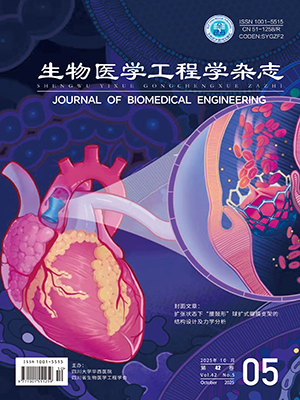In order to investigate the features of multidetector CT (MDCT) and magnetic resonance imaging (MRI) as well as the corresponding pathogic basis of solitary fibrous tumor (SFT) in the pelvis, we collected the clinical data of 13 patients with pathologically confirmed SFT in pelvis, and retrospectively reviewed the MDCT and MRI appearances. Of these enrolled patients, 6 received MDCT scans, 5 underwent MRI scans, and 2 underwent both MDCT and MRI examinations. Shown on the MDCT and MRI, the maximum diameters of the masses ranged from 4.0 to 25.2 cm (averaged 11.8 cm). Six masses were lobulated, and seven were round or oval. In addition, all masses were well-defined and displaced the adjacent structures to some degrees. On the computed tomography, all masses were of isodensity on unenhanced scans in general, among which five masses were demonstrated with hypodense areas. On the MRI T1-weighted image, all lesions were isointense, of which patchy hypointense areas were detected in 3 cases and radial hypointense areas were in 3 cases, and the other one was presented with homogenous intensity. On T2-weighted images, most of the lesions were mixed hyperintense, of which 3 cases were of heterogenous hyperintesity, radial hypointense areas were detected in 3 patients, and the other one was homogenously intense. On enhanced computed tomography and MRI, large supplying vessels were found in 4 cases; 12 cases showed moderate to conspicuous enhancement, and the other one was presented with mild homogenous enhancement. Of the patients with moderate to conspicuous enhancement, patchy areas of non-enhancement were detected in 7 cases, radial areas of progressive enhancement were detected in 3 cases, and the remained 2 cases showed homogenous enhancement. On pathology, the radial area presented as progressive enhancement was fibrosis. During the follow-ups after surgery, 2 patients had local recurrence and 1 had metastasis to liver. In conclusion, the SFT in the pelvis are commonly presented as a large solid, well-defined and hypervascular mass with necrosis or cystic changes at some extents together with the displacement of adjacent structures. The radial area with hypointensity on T2-weighted image and with progressive enhancement on enhanced magnetic resonance imaging is an important feature of SFT, which can be helpful for the diagnosis of this mass.
Citation: LIXueming, RENJing, ZHOUPeng, CAOYing, CHENGZhuzhong, YUJianqun, XUGuohui. Multidetector CT and Magnetic Resonance Imaging Features of Solitary Fibrous Tumors in the Pelvis and the Relevant Pathologic Basis Changes. Journal of Biomedical Engineering, 2016, 32(1): 157-162. doi: 10.7507/1001-5515.20150029 Copy
Copyright © the editorial department of Journal of Biomedical Engineering of West China Medical Publisher. All rights reserved




